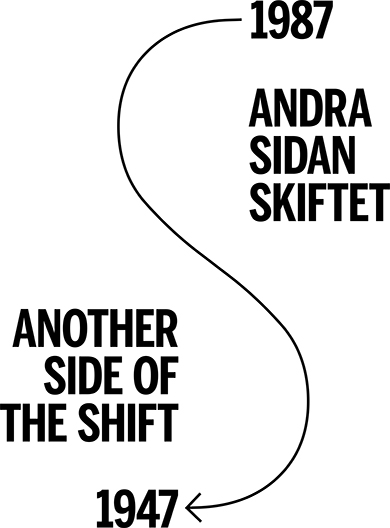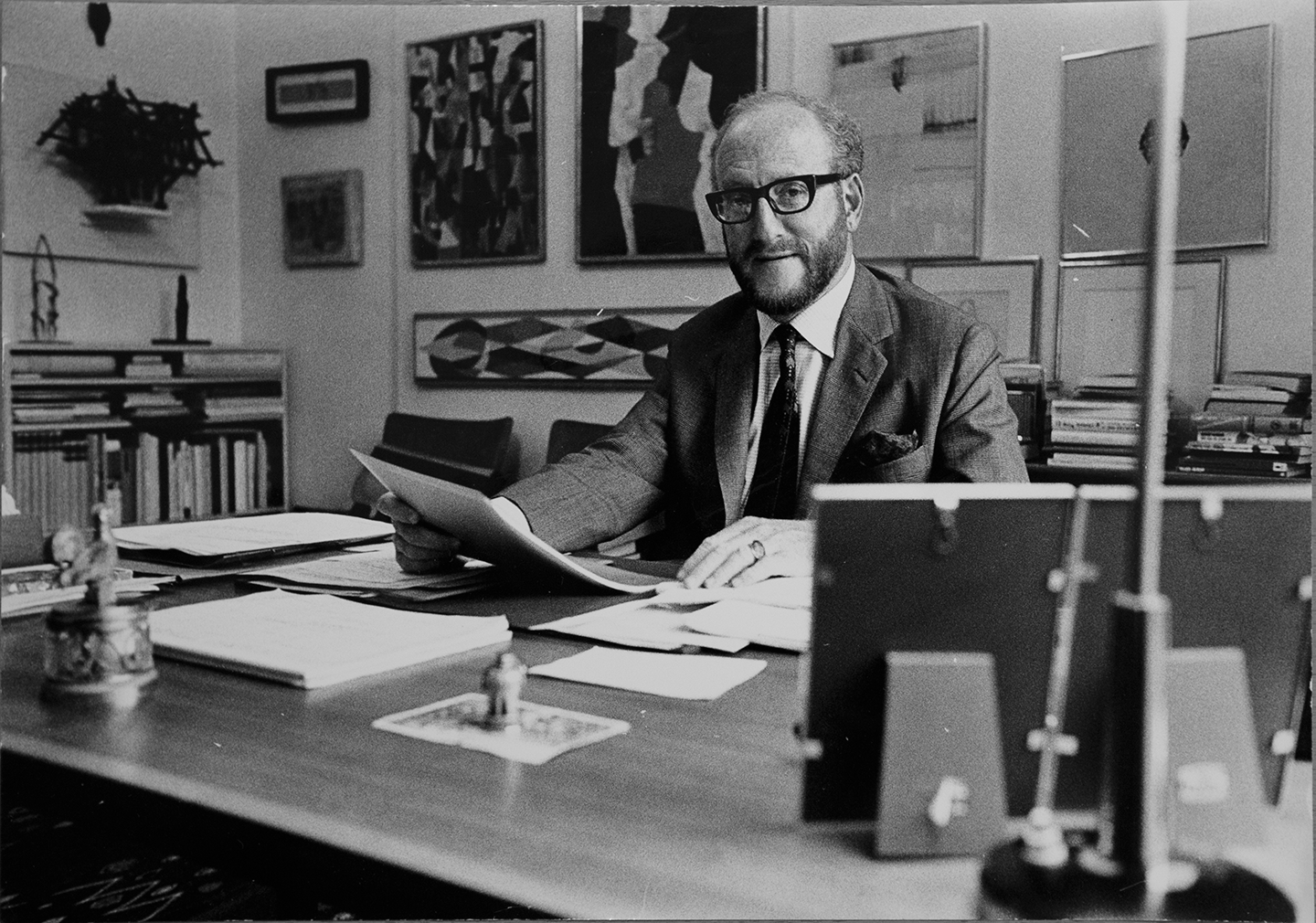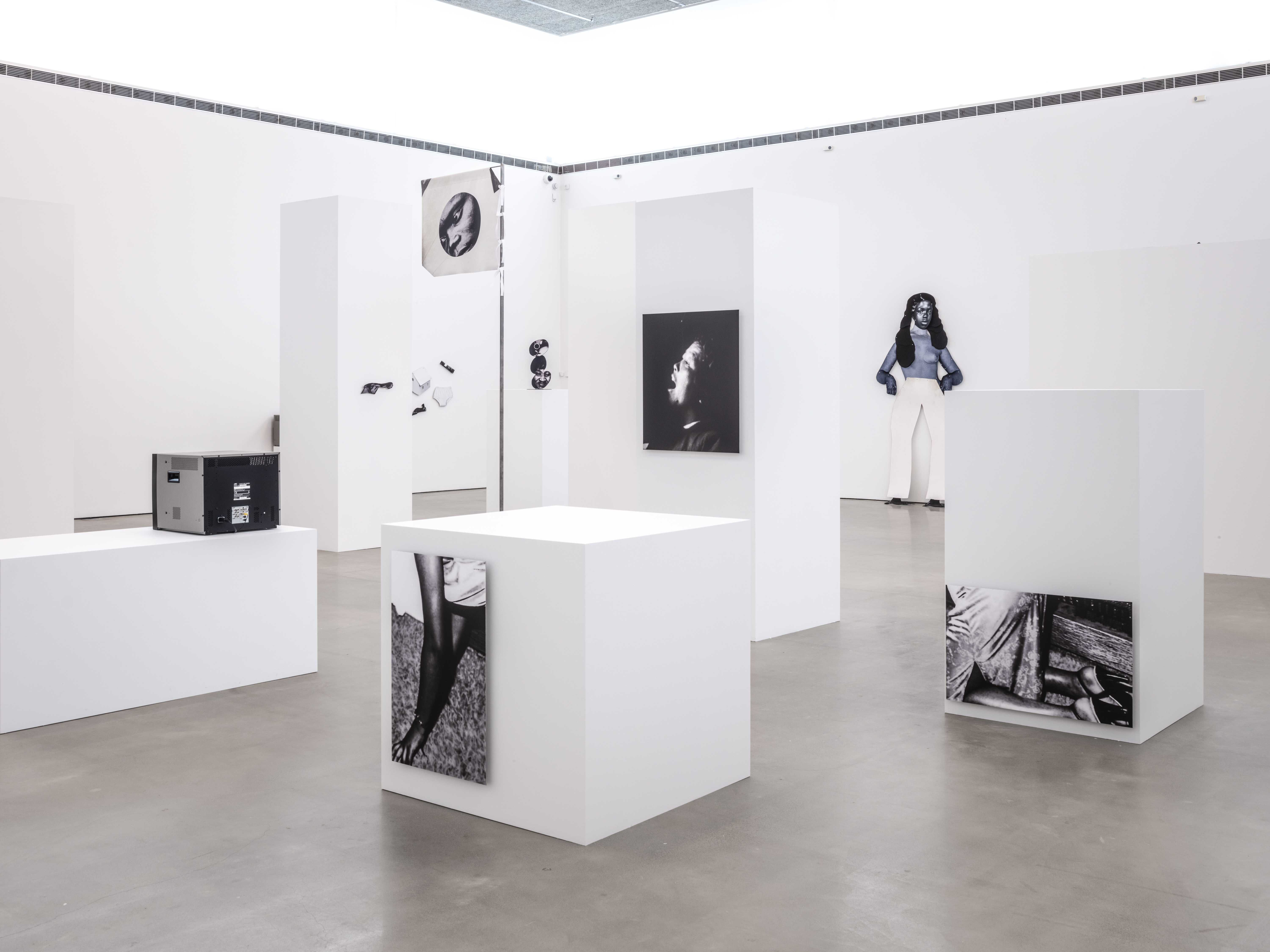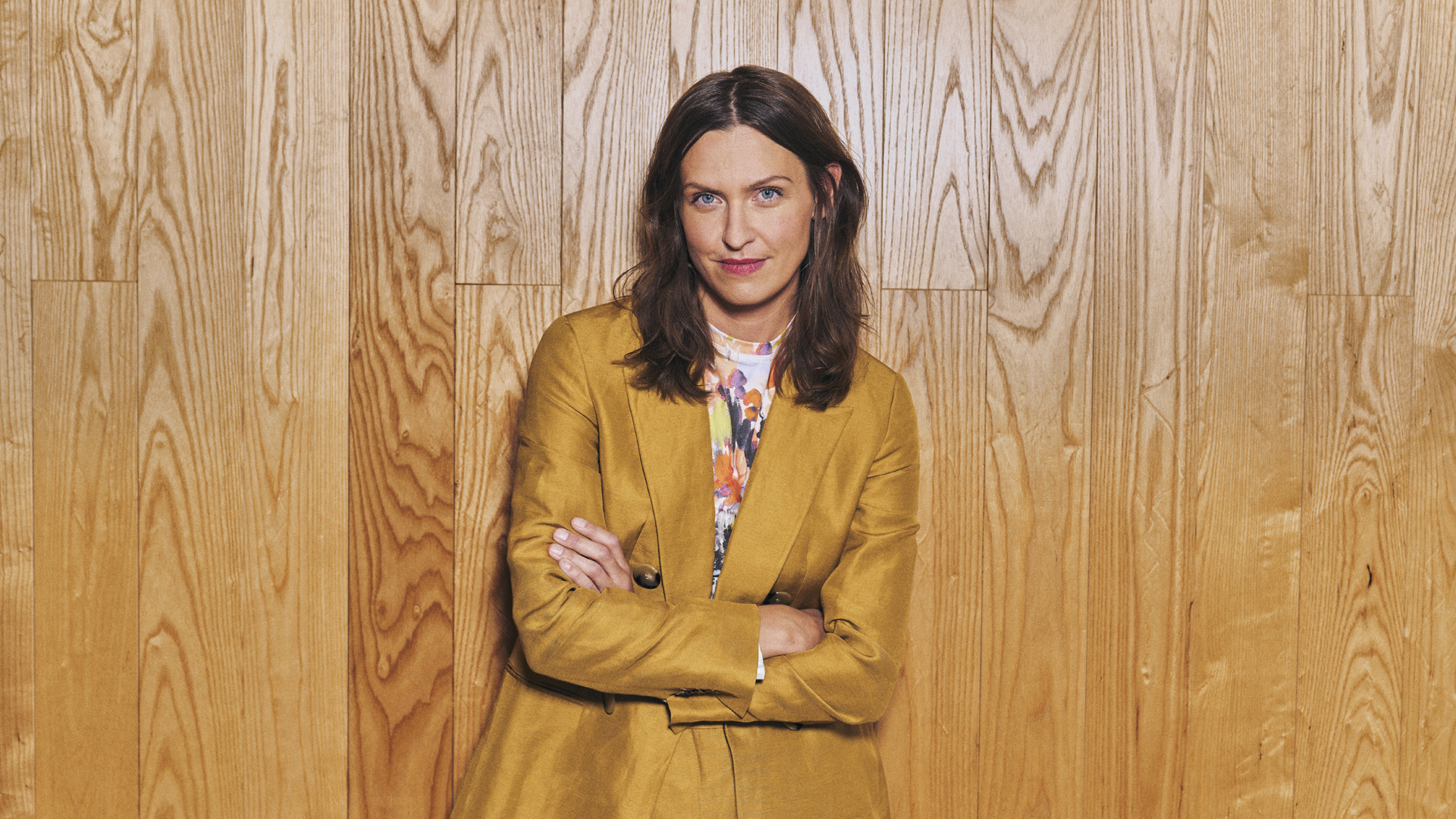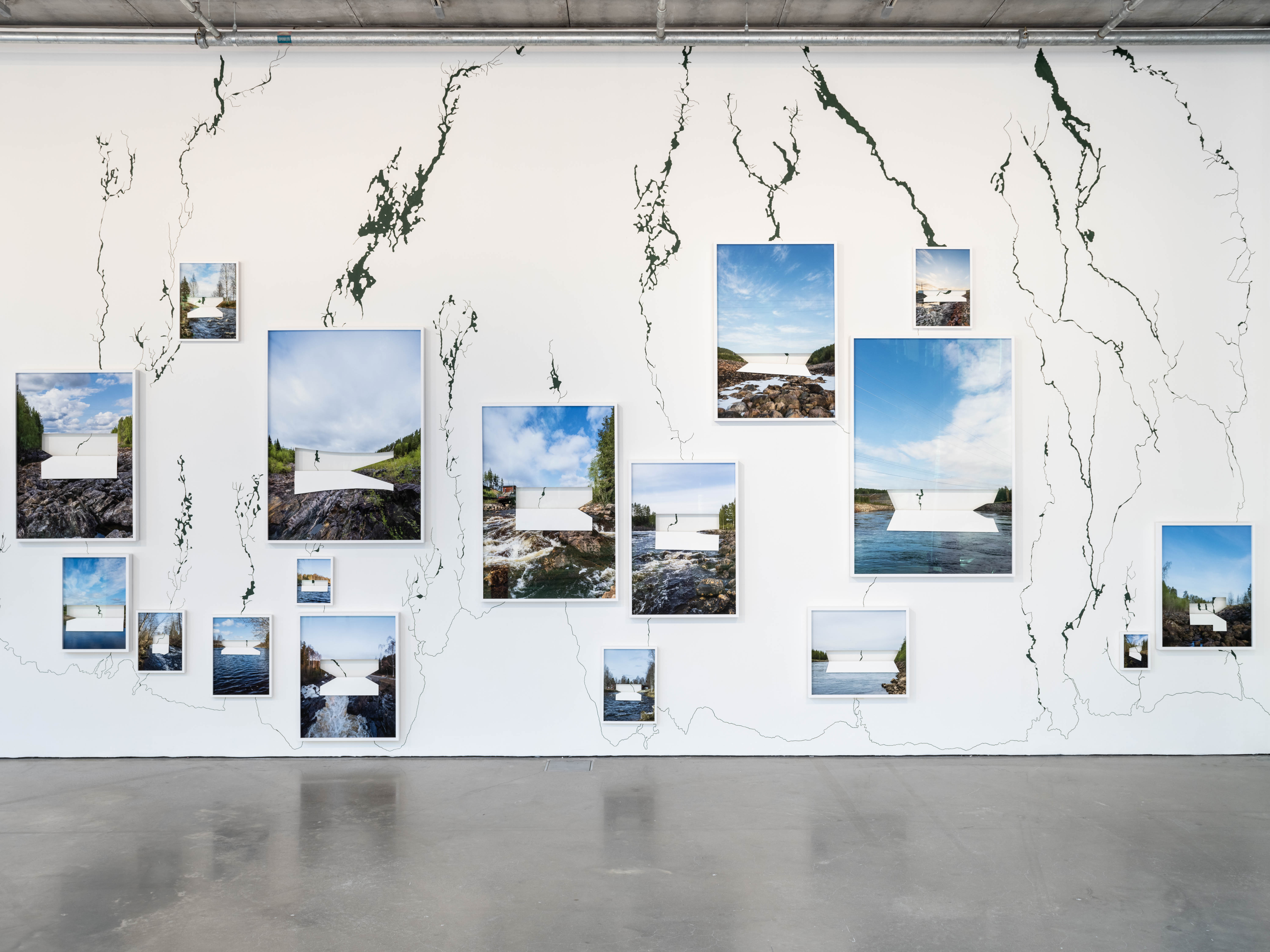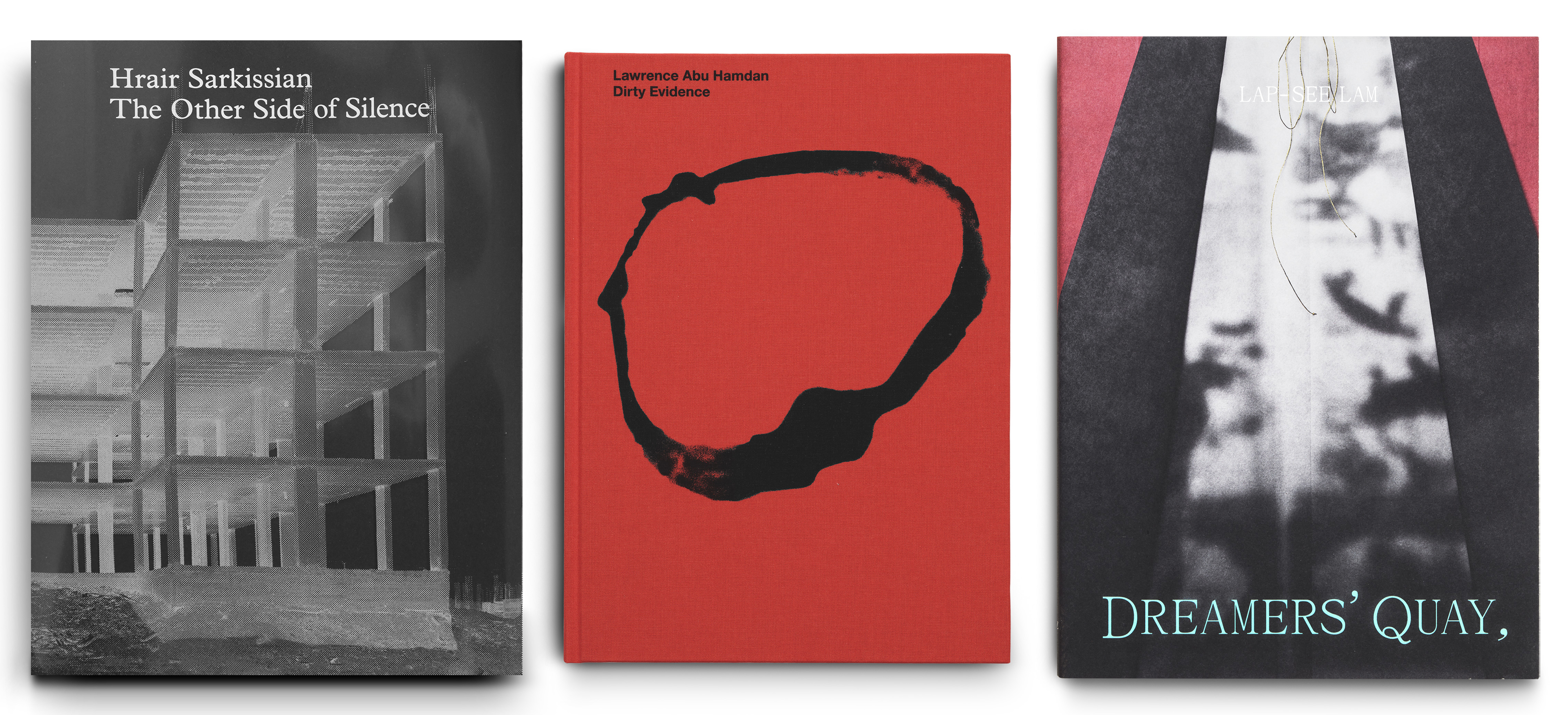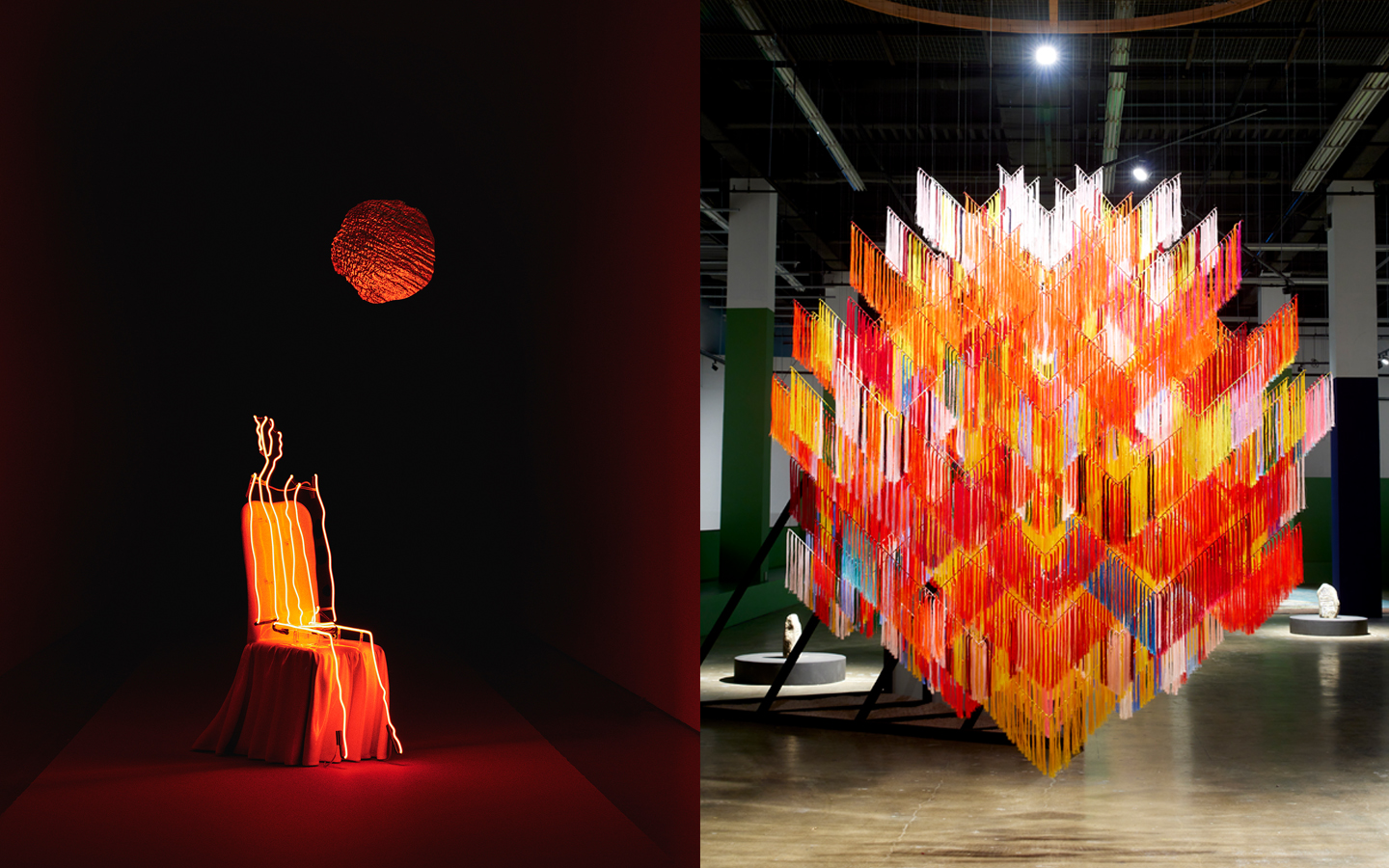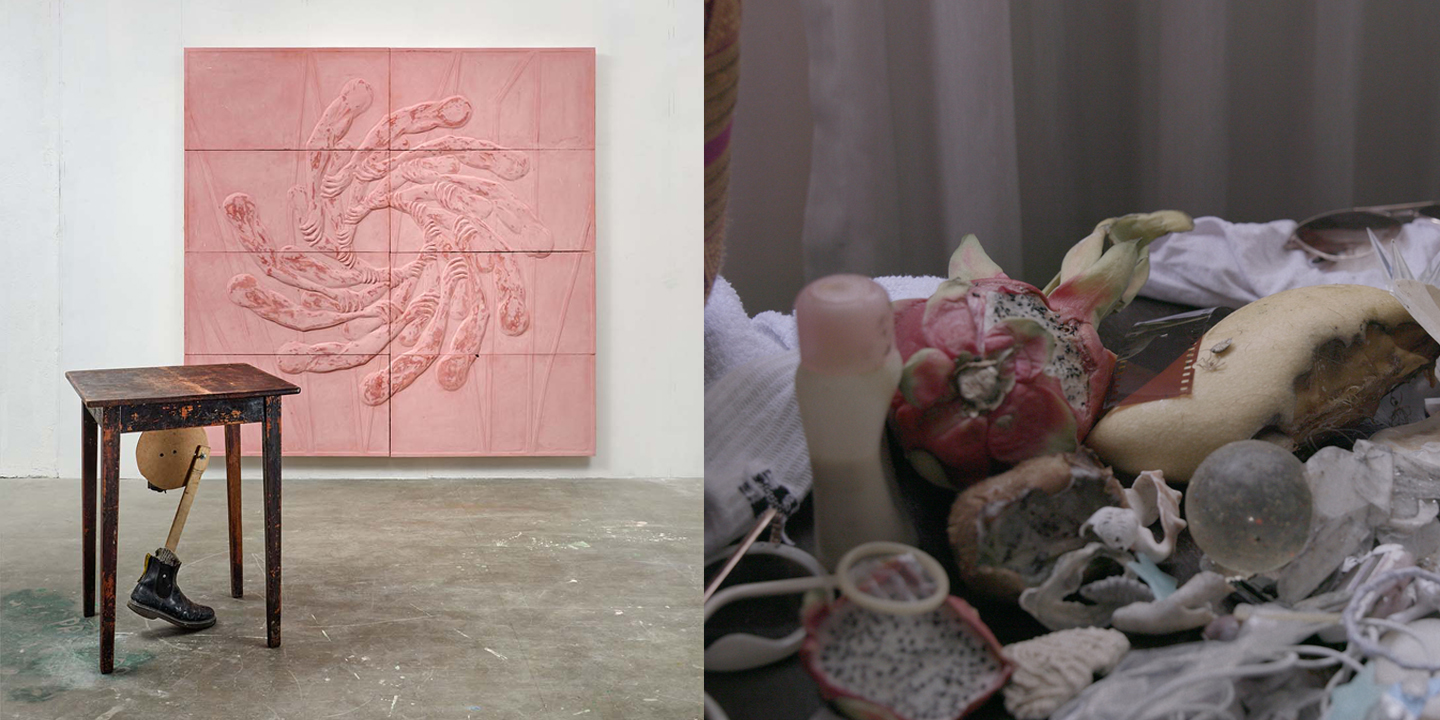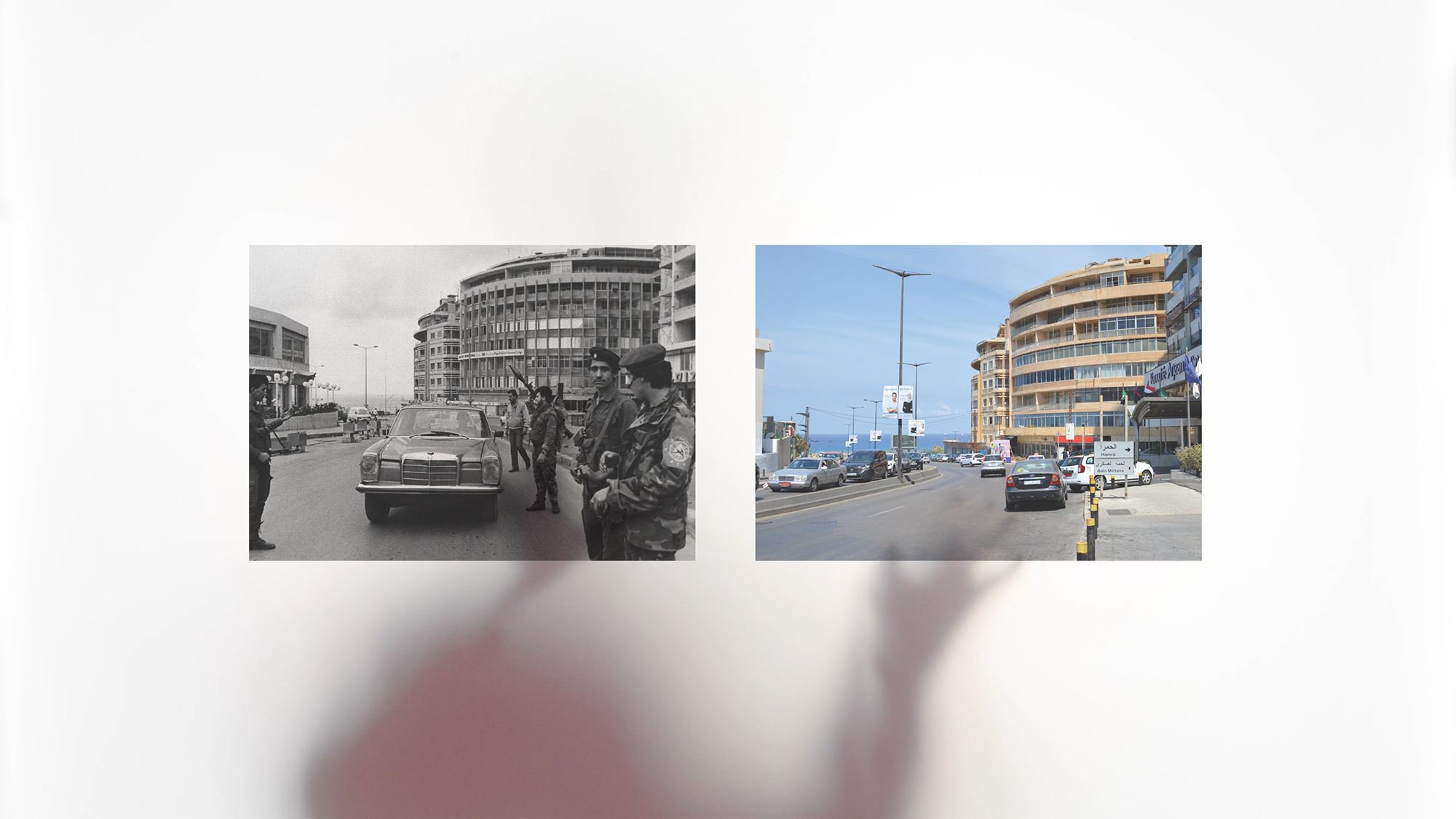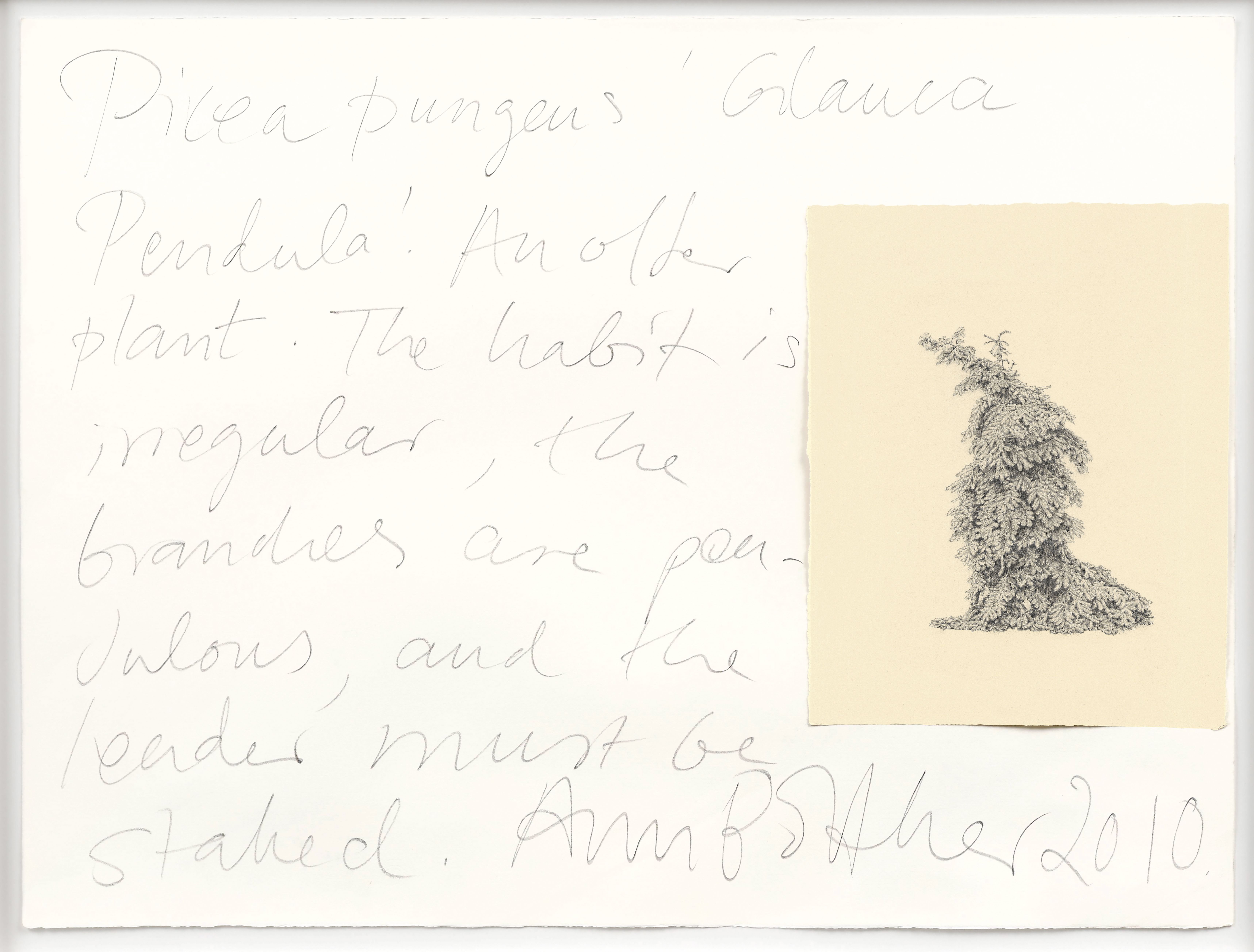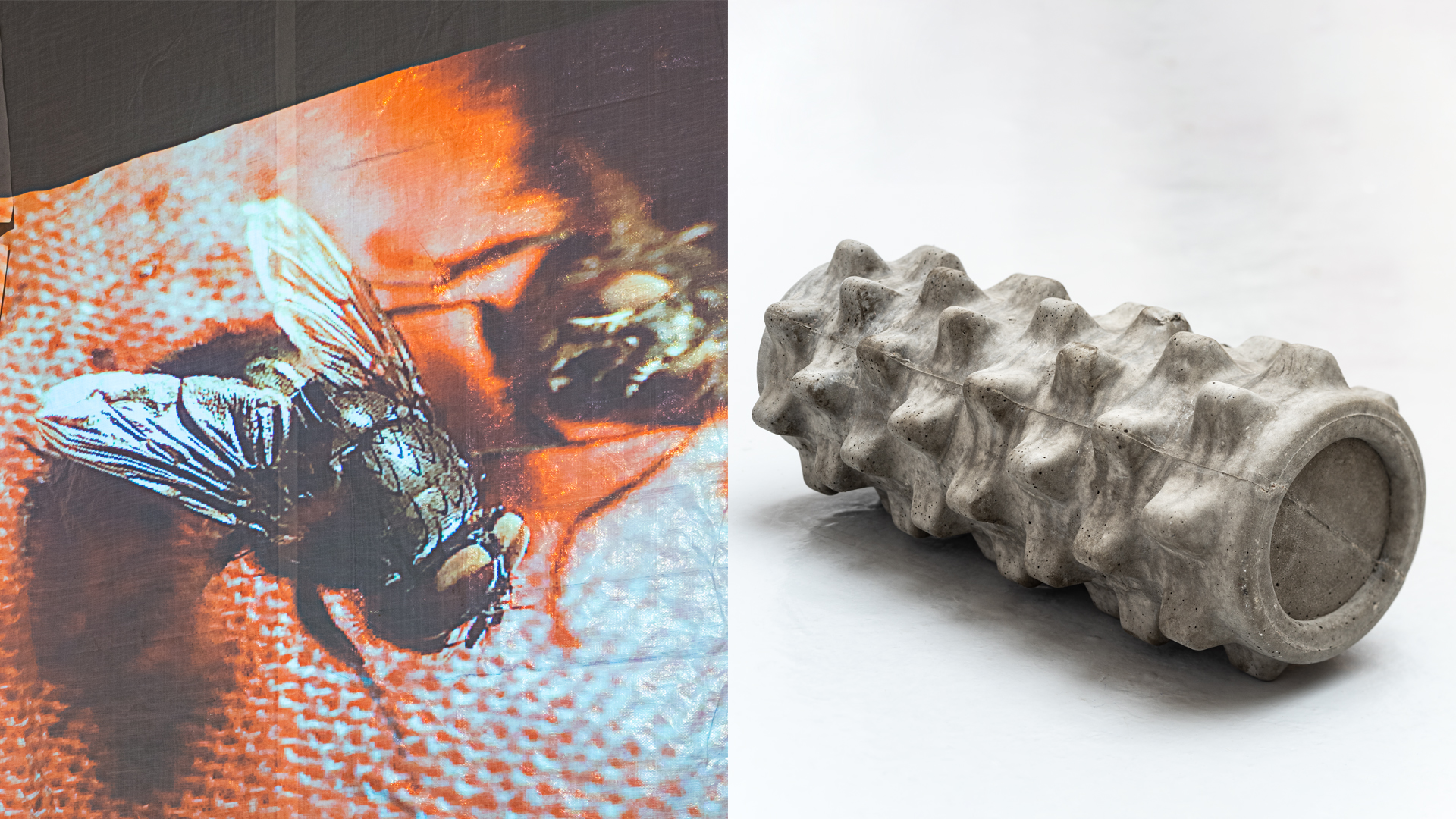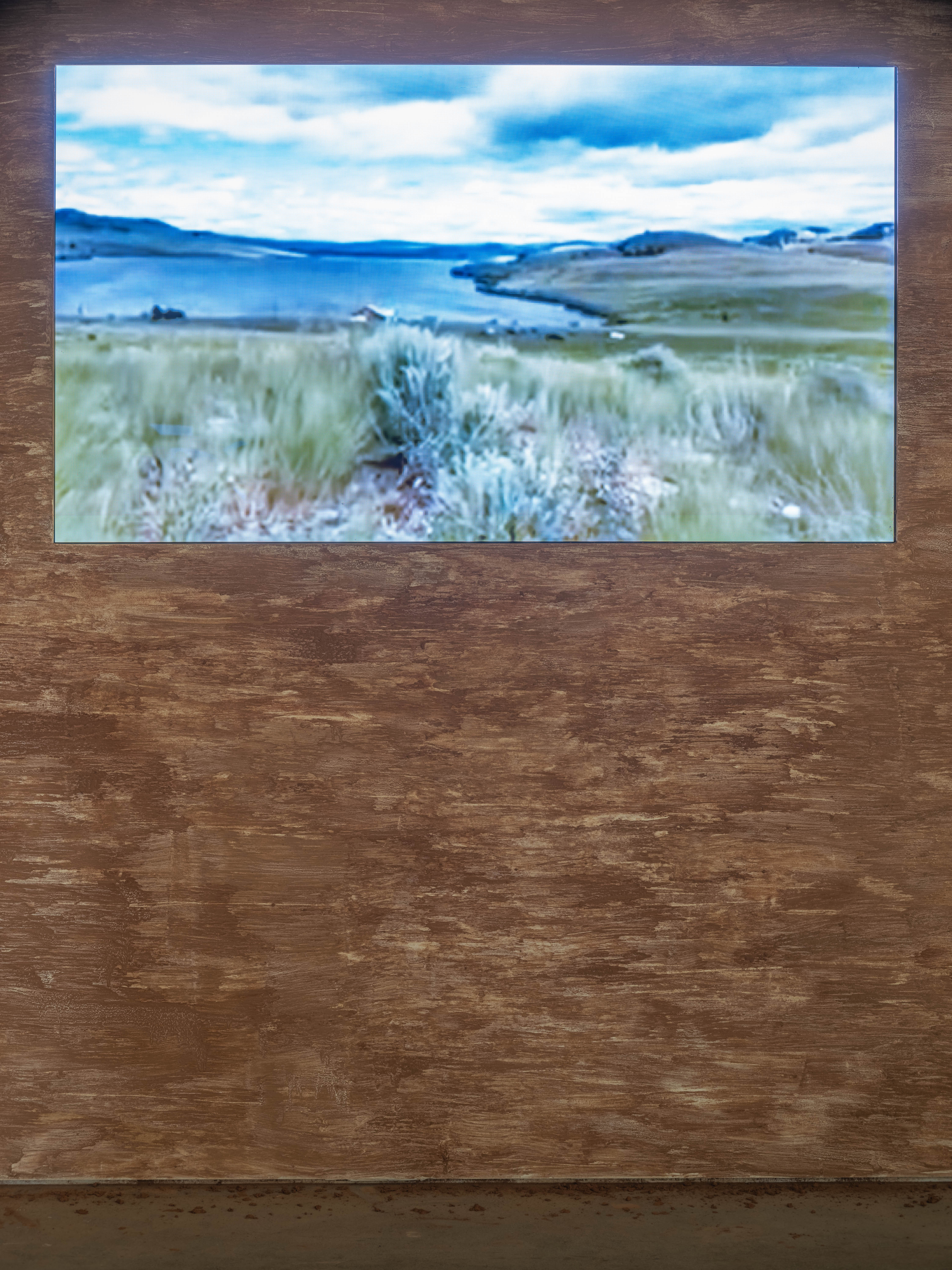Swedish art 1947–1987 from the Gerard Bonnier Collection
May 31–August 20, 2017
Stockholm 113 90
Sweden
T +46 8 736 42 48
At the end of the 1980s, a shift took place on the Swedish art scene. The art and artists to have dominated the stage for quite some time were forced to take a step back with the arrival of postmodernism, which ushered in a wave of new ideas. Now 30 years after the fact we are able to consider the time right after this shift, viewing it from a new perspective. This summer’s exhibition at Bonniers Konsthall features many of the artists, more than 80 names, which shaped the art scene, from the arrival of Art Concret in 1947 to the postmodern shift in 1987. Experience the tremendous array of art along with the vast desire for experimentation from that time, and meet the collector Gerard Bonnier who was one of the Swedish art establishment’s leading figures.
In the autumn of 1987, a battle hit the art field which altered the art world and the critical landscape. Well-established concepts were challenged by the new postmodern perspective, and much was at stake. This was a battle of legitimacy and interpretive benchmarks—not least of all regarding which art was the most relevant of the time. Practically speaking, this had to do with the possibility of working as an artist or a critic. The situation provoked simplified descriptions from both camps, and winners and losers remained on the battlefield. Defined by its opponents, art from the post-war modernist period was sidelined. Alternative expressions and ideals, as well as new players, came to characterise the artistic scene over the following decades.
30 years have now passed since this time, often described as a paradigm shift, occurred. The current art scene is a different place, and an interest in the past has been awakened. Just how did contemporary art really look before postmodernism hit the scene? What were the burning issues and desires of the day? And who were the trend-setting artists? This summer’s exhibition at Bonniers Konsthall presents many of the artists who formed the art scene during this period, from the arrival of Art Concret in 1947 to the shift which took place in 1987. Their work represents a wide variety of material, testifying to the time’s overriding impulse to experiment. Artists expressed a longing to plunge into the expressive channels offered by painting, in addition to exploring the interplay between image and word, stage and screen, and the two- and three-dimensional. The relationship between the image and the world generated artistic work of both a linguistic-philosophical and political character, something that occasionally created intense friction, and also included the question of purism and realism.
When approaching this paradigm shift from the other side, a number of alternative stories begin to emerge, different from those that have otherwise dominated the history books. The telling is enrichened and new questions arise, such as how the all-encompassing changes were truly experienced, and if the time appeared differently to artists than it did to critics and curators.
Curator, Niclas Östlind
Bokförläggaren och konsten (The Book Publisher and Art)
Bonniers Konsthall and Albert Bonniers Förlag will publish a book entitled Bokförläggaren och konsten (The Book Publisher and Art) alongside the exhibition. This book considers the life and work of art collector Gerard Bonnier (1917–1987), delving into his role in the Swedish art world from the early 1940s to the late 1980s. Offering a look at art in Sweden through the eyes of an impassioned collector’s working life, the book touches upon the contexts and individuals who contributed to forming the art scene. The story is told through the use of unique archive material and photographs. Particular focus is devoted to the collection Gerard Bonnier compiled for Albert Bonniers Förlag, which will be on display at Bonniers Konsthall. Currently on show at the publishing house’s headquarters on Sveavägen in Stockholm, this collection serves as a reflection of Gerard Bonnier’s impressive efforts to make art accessible to a wide community.
